The objective: To find different approaches in gathering information.
One basic way to obtain information when doing business research is to interview the target audiences. We can approach the audiences directly by doing interviews and ask them straightforward questions; after that we calculate the results, drawn conclusions and make statistics (e.g. average demographic). This is a very good way to do research however, surveying with an indirect approach can be more effective. Collected responses could be more reliable and less guarded.
The surveying we did at the beginning of the induction class on last Friday can be a good example. We were asked to write down the journey of our shoes, mark down different locations our shoes have been and record the time accordingly. The aim of this activity is not purely investigating anything about shoes, but by asking where our shoes have been we knew where exactly each of us were and was doing. Even more, the predictions of shoe’s location after class can tell us the lifestyle and personality of that person indirectly.
There are two important factors to bear in mind when we are doing survey indirectly.
1. Distract audience to get more reflective answers.
When we want to have an honest answer without guarded, ask around the question but lead audiences to the answer. In this shoe survey, out intention was to know each other better in terms of our lifestyles. Instead of asking ‘How are you going to spend your Friday night?’ we asked to predict where out shoe would be until the next day. From the answers we given we can figure out a little bit of that person’s lifestyles. The intention of the survey does not project to us directly until later on we all seemingly know. We give answer fairly honest in this way whereas if we were asked directly ‘How would you spend your Friday night?’ we could be more guarded and reflects bias on the answer.
2. Change targets to talk to.
If we are to improve the image of brand or to bring awareness, it’s worth to change targets to talk to despite the average group. In our shoe survey, the majority of the students started their journey at 8.30 pm, and from 9am most of our shoes were settled down and located in the same classroom. There are couple of students have a different journeys, but when we further investigate once again, we found out the other special locations of the shoes however what we truly found is how did they spend their day where supposingly they should be in the class. By talking to the odds we found out more about the respondents and the details we tends to miss. In some cases, getting information in an indirect way can achieve unexpected results.
Filed under: MACE
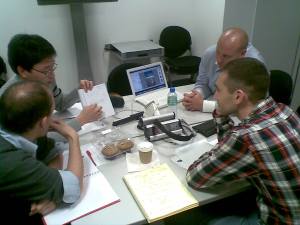
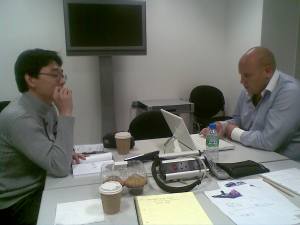
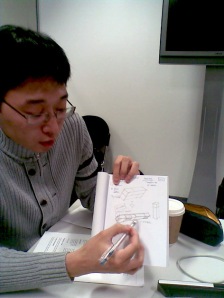
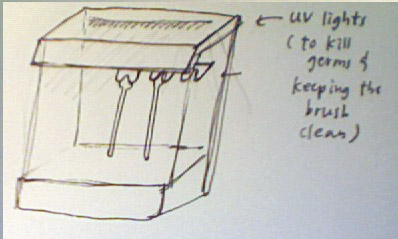
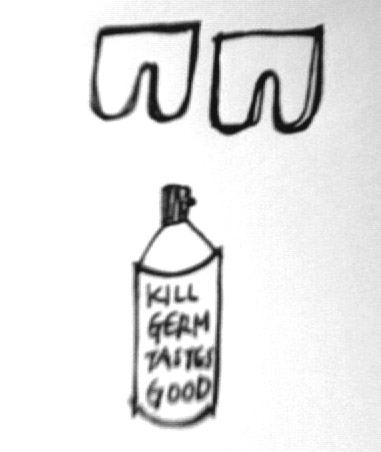
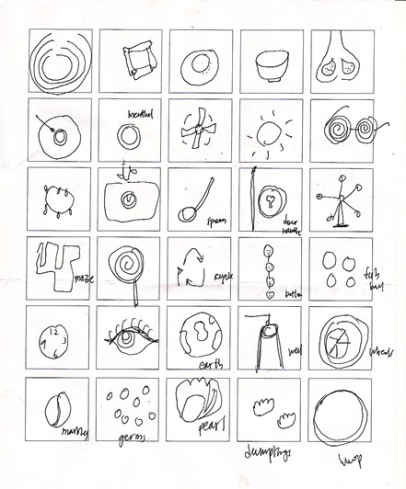



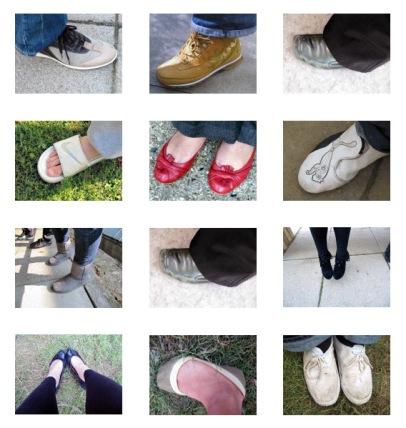
You must be logged in to post a comment.